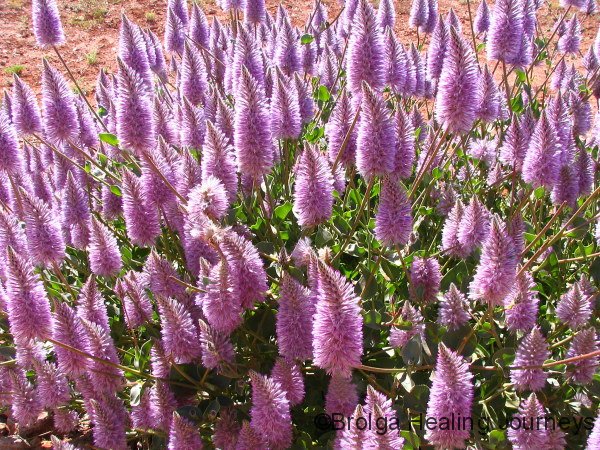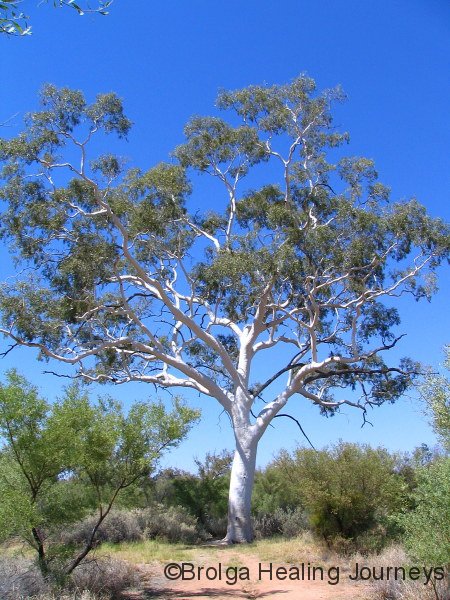 Ask someone to name an Australian tree, and most people will say “the Gum Tree” and maybe the Wattle. But there is enormous variety within Australia’s native trees, and Australia is home to some of the tallest trees in the world. Only the Giant Redwoods of North America are taller than our Mountain Ash and Karri trees.
Ask someone to name an Australian tree, and most people will say “the Gum Tree” and maybe the Wattle. But there is enormous variety within Australia’s native trees, and Australia is home to some of the tallest trees in the world. Only the Giant Redwoods of North America are taller than our Mountain Ash and Karri trees.
We have been fortunate to visit some majestic old trees during our travels, and would like to share some of their stories with you. We have added photos as well, but there is no way to do such trees justice with photography; the only way to truly appreciate them is to stand in awe at their base and look up towards the heavens. In most cases it is not even possible to capture the whole tree in a single photograph.
RIVER RED GUMS
The River Red Gum is possibly the quintessential Australian tree. How many paintings show the RIver Red Gum beside the Murray or Darling Rivers? Our first glimpse of the true giants of this type was at Pooncarie on the Darling River, once a thriving port but now a mere whisper of its former glory. At the time, the Darling River was struggling to flow and was recovering from blue-green algal blooms, and the River Red Gums themselves looked unwell; ragged, with dying limbs and sparsely folliaged. Yet they still had a hint of grandeur about them. We camped near a large specimen on our first night beside the Darling. We didn’t camp directly beneath the tree, tempting though that was, for they have a reputation for dropping their enormous limbs without warning. Some call them ‘widow-makers’. We would love to return to the Darling River when it is flowing in a healthier way, to see these trees return to their true splendour.
(more…)
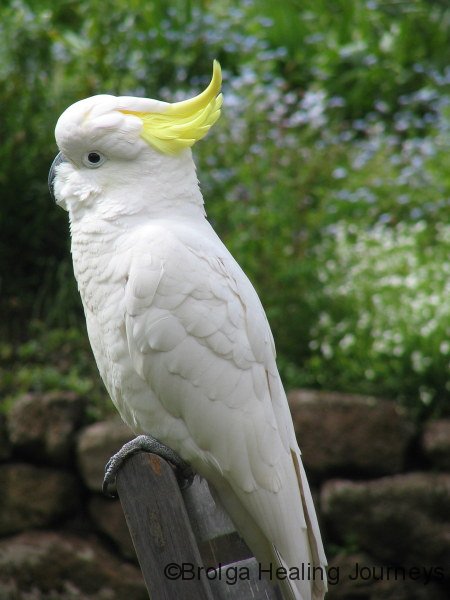
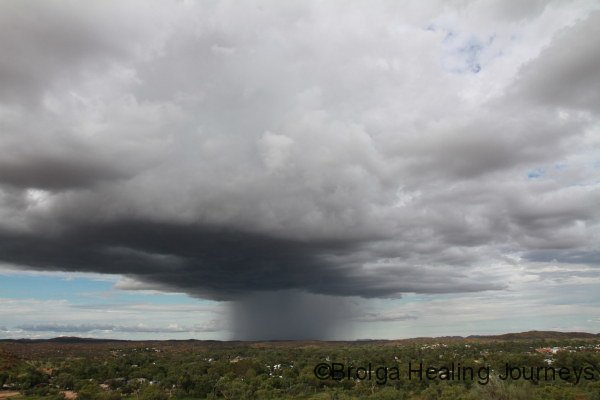
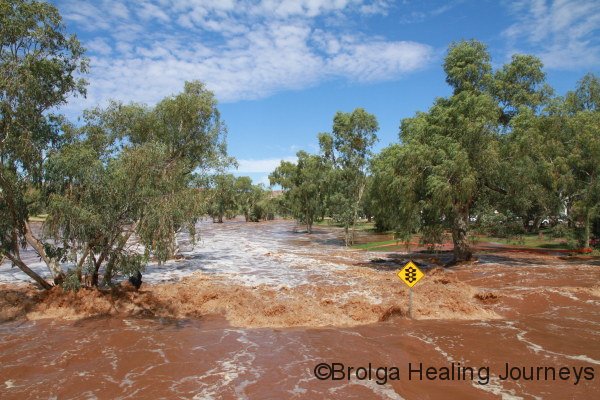
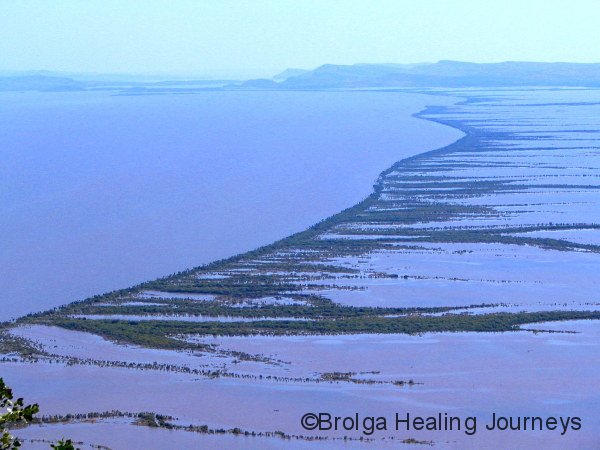

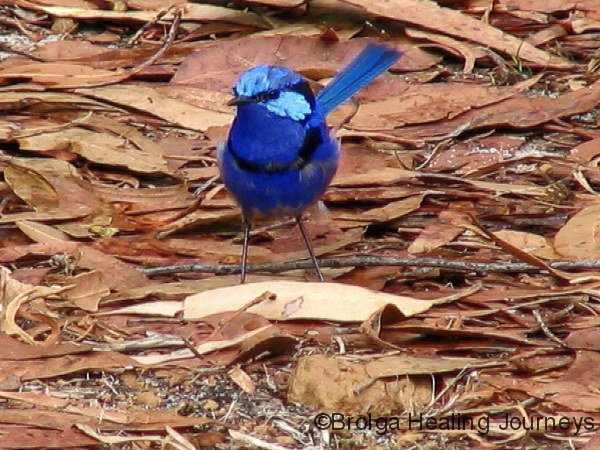
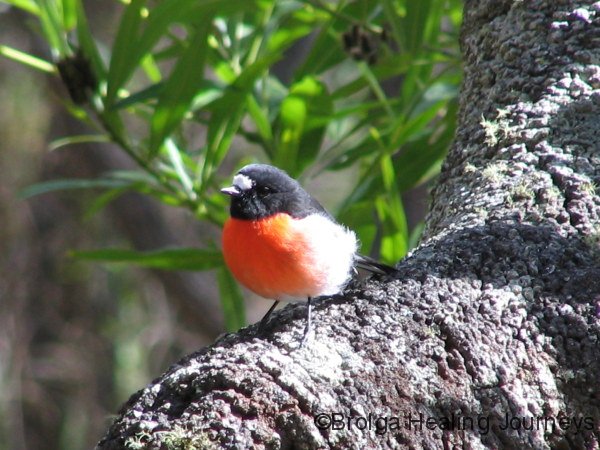
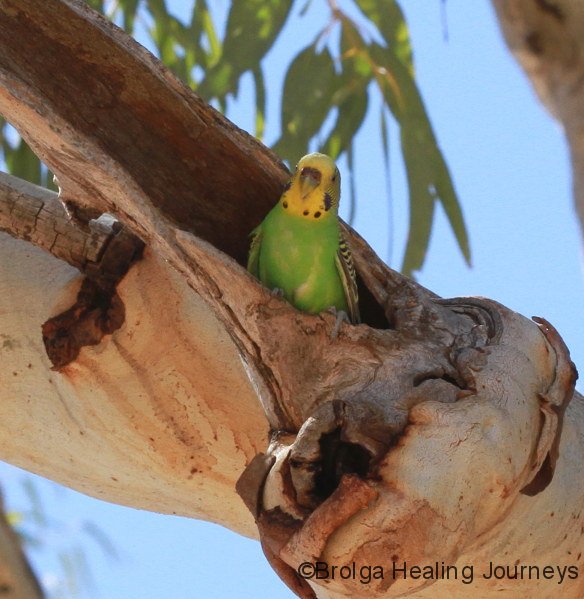
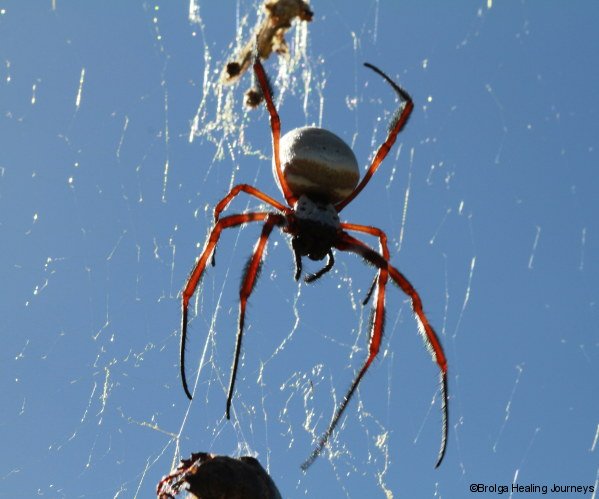
















 Ask someone to name an Australian tree, and most people will say “the Gum Tree” and maybe the Wattle. But there is enormous variety within Australia’s native trees, and Australia is home to some of the tallest trees in the world. Only the Giant Redwoods of North America are taller than our Mountain Ash and Karri trees.
Ask someone to name an Australian tree, and most people will say “the Gum Tree” and maybe the Wattle. But there is enormous variety within Australia’s native trees, and Australia is home to some of the tallest trees in the world. Only the Giant Redwoods of North America are taller than our Mountain Ash and Karri trees.


